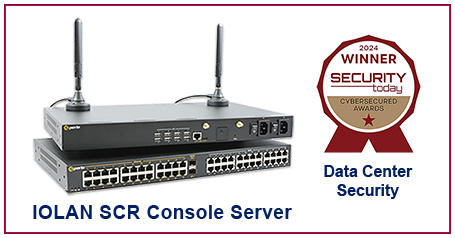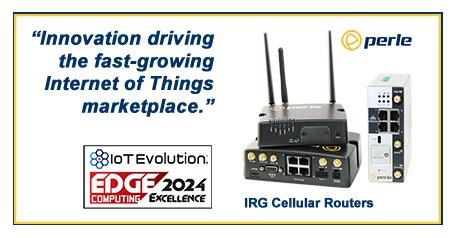
FTTx a necessary component of video-focused world
By Max BurkhalterAugust 13, 2013
Establishing a fiber-based telecom network
Fiber offers plenty of potential, but fiber to Ethernet media converters are essential to maximizing the value of any such network. For most telecoms, FTTx is only the first step of the network deployment process, as the infrastructure must also connect to homes, businesses and other sites where copper-based Ethernet systems. The compatibility challenges that exist here can be solved easily and cost efficiently through media conversion technologies.
Perle has an extensive range of Managed and Unmanaged Fiber Media Converters to extended copper-based Ethernet equipment over a fiber optic link, multimode to multimode and multimode to single mode fiber up to 160km.



